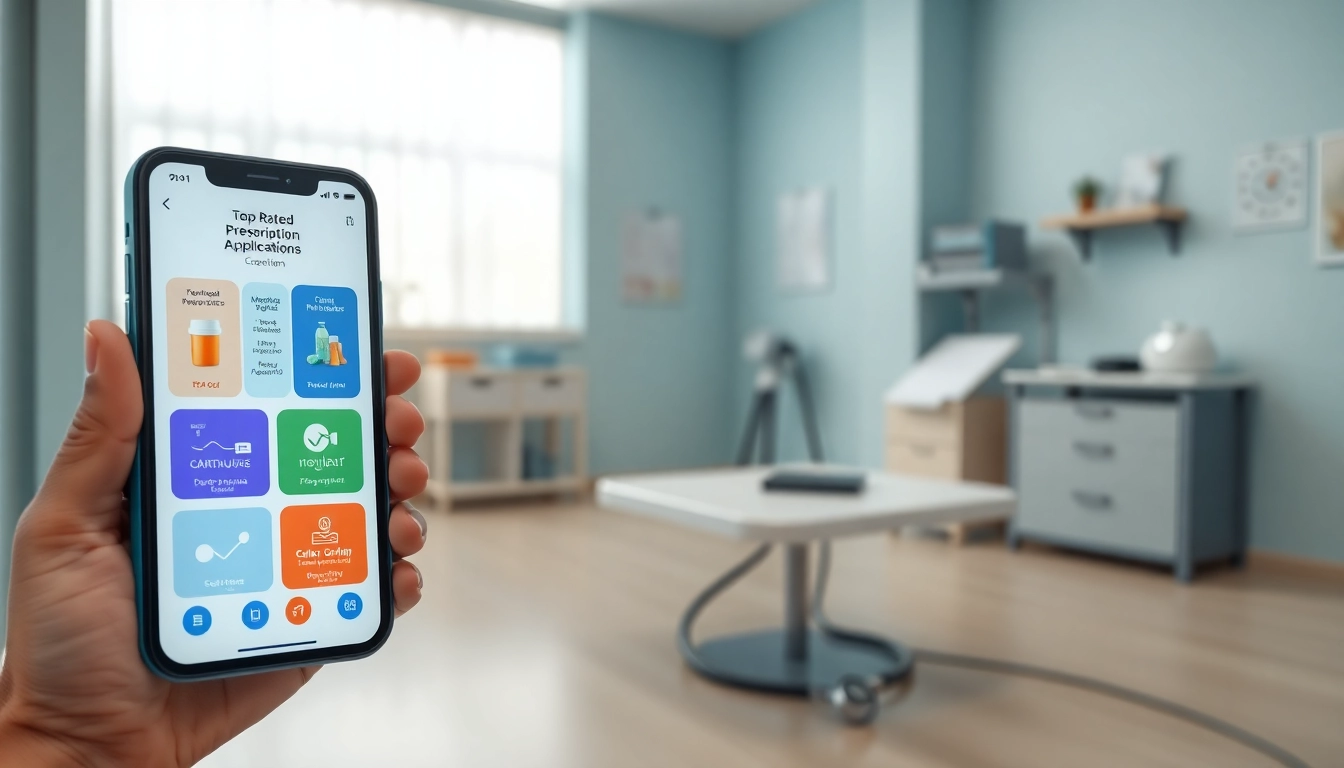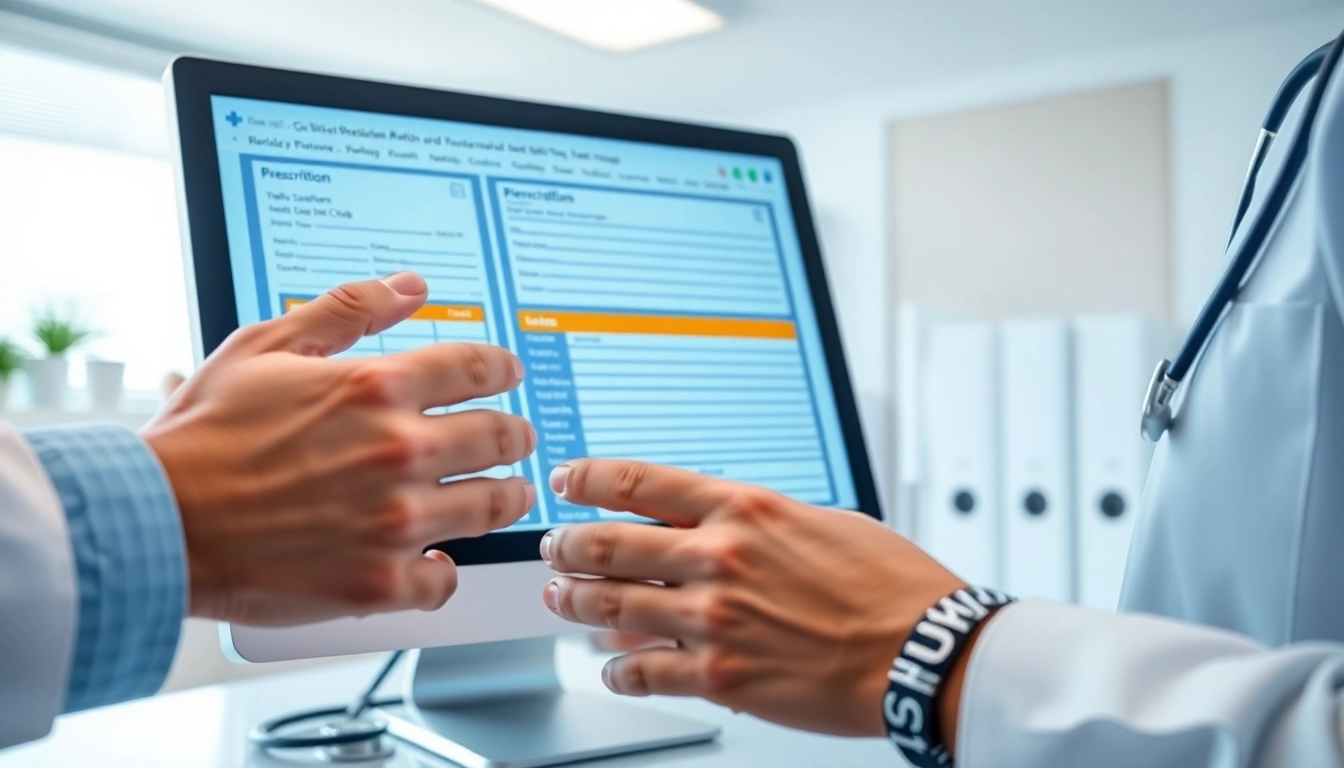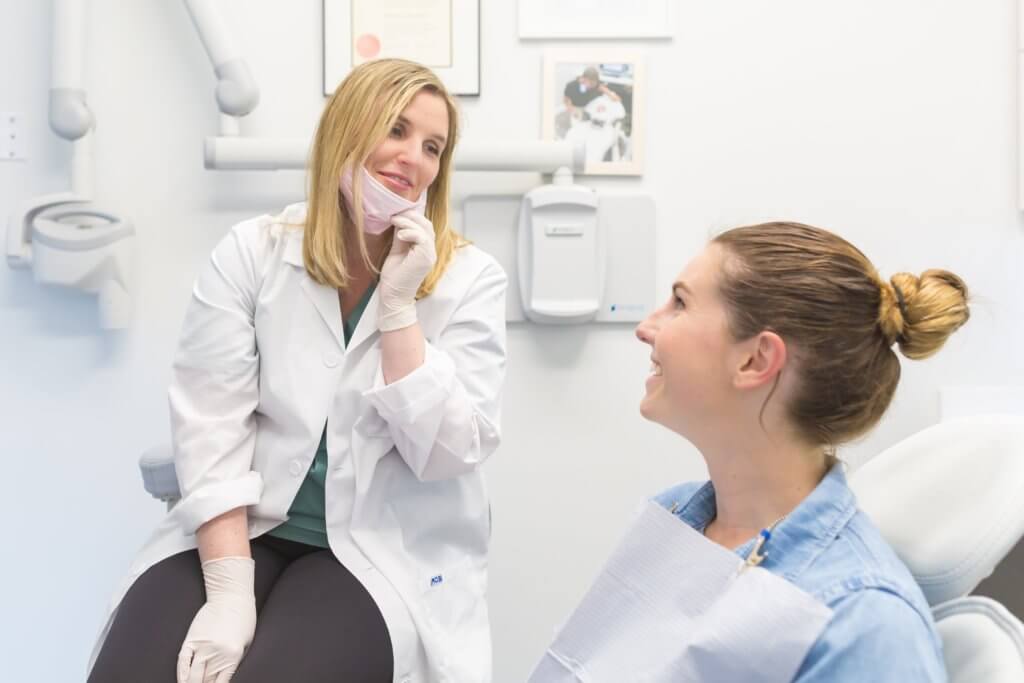Understanding the Importance of Top Rated Prescription Applications
In the rapidly evolving landscape of healthcare, the role of technology has become increasingly vital. Among the innovations that have revolutionized patient care are the top rated prescription applications. These applications streamline the process of managing prescriptions, making it easier for both healthcare providers and patients to navigate the complexities associated with medication management. Understanding the significance of these apps is essential for anyone looking to enhance their healthcare experience.
What are Prescription Applications?
Prescription applications, commonly referred to as prescription management apps, are digital tools designed to assist patients and healthcare professionals in managing medications. They serve several key functions, including providing prescription information, medication reminders, interacting with pharmacies, and facilitating communications between patients and their healthcare providers. These applications can be accessed via smartphones, tablets, or computers, offering unparalleled convenience in today’s fast-paced world.
Benefits of Using Top Rated Prescription Applications
Utilizing top rated prescription applications offers a plethora of benefits. Firstly, they significantly enhance medication adherence by sending reminders for medication timing and refills. Studies have shown that patients who use these apps are more likely to stick to their medication regimens, reducing the risk of complications associated with missed doses.
Additionally, these applications provide easy access to prescription histories and the ability to compare prices across pharmacies. This function empowers patients to make informed decisions about their medication, often resulting in cost savings. Moreover, the integration of telehealth features enables consultations with healthcare providers directly through the app, further streamlining healthcare delivery.
Challenges Overcome by Efficient Applications
While the benefits are substantial, the challenges associated with prescription management can be daunting. Traditional methods often involve manual record-keeping, which is not only time-consuming but also prone to error. Top rated prescription applications address these challenges by automating processes and reducing the chances of miscommunication. They also enhance data organization and access, ensuring that both patients and providers can readily retrieve necessary information when needed.
Features to Look for in Top Rated Prescription Applications
Essential Functionalities for Users
When evaluating prescription applications, it’s crucial to consider the functionalities they offer. Essential features include:
- Medication Reminders: Notifications to help patients take their medications on time.
- Refill Management: Options to request refills and track prescription status.
- Drug Interaction Checks: Alerts about potential interactions between medications.
- Price Comparison: Tools that allow users to check drug prices at various pharmacies.
- Telehealth Integration: The ability to consult with healthcare professionals directly through the app.
User Experience and Interface
A user-friendly interface is paramount for the successful adoption of any application. Top rated prescription applications should have a clean design, intuitive navigation, and accessibility features for all users, including those with disabilities. User testing and feedback can inform continuous improvement in user experience design, creating a platform that engages and retains users.
Data Security and Compliance Issues
Given the sensitive nature of health information, data security must be a priority for any prescription application. It’s essential that these apps comply with healthcare regulations, such as HIPAA, to protect patient confidentiality. Features such as encryption, secure user authentication, and regular security audits are critical to safeguarding user data and promoting trust among users.
Top Rated Prescription Applications Overview
Review of Popular Applications
Several applications have emerged as leaders in the field of prescription management. Each offers distinct features and capabilities tailored to meet varying user needs. A review of popular applications typically includes:
- MediSafe: Known for its reminder features and user-friendly design.
- GoodRx: Provides extensive information on prescription pricing and local pharmacy availability.
- MyTherapy: Emphasizes medication reminders and tracking health metrics.
- Drugs.com: Offers comprehensive drug information and interaction checking tools.
Comparative Analysis of Features
When choosing a prescription application, a comparative analysis of features can guide users toward the ideal choice. Considerations might include cost, device compatibility, and the breadth of database information. For example, while some applications focus primarily on reminders and user experience, others provide robust databases for drug interactions, making them better suited for more medically complex users.
User Feedback and Ratings Insights
User feedback is an invaluable resource when assessing the quality of prescription applications. Ratings from app stores and reviews from trusted sources can help users identify which applications efficiently meet their needs. Moreover, listening to user experiences allows developers to improve app functionalities and optimize for user satisfaction continually.
Integrating Top Rated Prescription Applications into Healthcare Practices
Implementation Strategies for Healthcare Providers
For healthcare providers looking to integrate these applications into their practice, effective implementation strategies are critical. This could involve:
- Assessing the specific needs of their patient population.
- Collaborating with app developers to customize features accordingly.
- Establishing protocols for communication between patients and providers via the app.
Training Staff and Educating Patients
Proper training for healthcare staff and educational initiatives for patients are essential for maximizing app utilization. Staff should be well-versed in app functionalities to assist patients effectively. Patient education sessions can highlight how the application enhances their healthcare experience, leading to better patient engagement and adherence to treatment plans.
Measuring Effectiveness and Continuous Improvement
To ensure the ongoing success of a prescription application within a healthcare setting, providers should establish metrics to measure its effectiveness. These can include tracking medication adherence rates, patient satisfaction scores, and overall health outcomes. Continuous improvement strategies, driven by data analysis, can enhance app features and maintain alignment with evolving patient needs.
The Future of Top Rated Prescription Applications in Healthcare
Trends Shaping the Development of Applications
The future of prescription applications is promising, driven by several emerging trends. The rise of artificial intelligence is likely to enhance user experience through personalized recommendations. Additionally, data analytics can provide healthcare providers with insights to better serve their patients, ensuring that medications are prescribed and managed effectively.
The Role of Telemedicine
Telemedicine is reshaping how healthcare is delivered, and prescription applications play a crucial role in this transformation. As more patients turn to virtual care, integrating prescription management within telehealth platforms ensures that patients can obtain their medications with ease, even from the comfort of their homes.
Projected Outcomes and Patient Engagement
As the adoption of top rated prescription applications increases, so too should patient engagement and satisfaction. These applications are expected to improve communication between patients and healthcare providers, ultimately leading to better health outcomes. Future innovations may also include advanced analytics that anticipate patient needs and proactively address potential issues before they arise.



